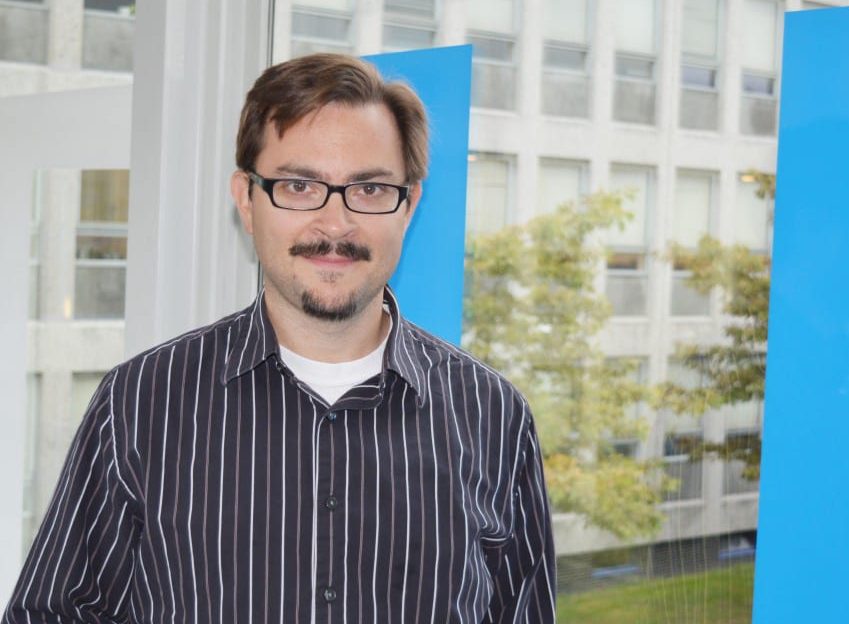Dave Michalak

David Michalak
Flex desks only, no permanent location
David.michalak@[tno.nl]
+31 6 214 77472
David J. Michalak - Senior Research Scientist - TNO | LinkedIn
Quantum Technology (QT) Department
Senior Scientist: Nanofab
David J. Michalak received his Ph.D. in Chemistry at California Institute of Technology in 2006; this involved research with Nathan S. Lewis studying surface chemistry and near surface physics of silicon with a goal towards optimizing solar energy devices. He did a Post-Doc in 2006 at Rutgers University with Yves Chabal on characterizing surface chemical reactions on silicon as geared toward preparing reactive, but oxide free, interfaces with ALD materials. From 2006 to 2008, Dave worked as a Post-Doc with Alex Pines at the University of California, Berkeley studying magnetic resonance imaging of fluid flow in Earth’s magnetic field using remote detection.
From 2008 to 2021, David worked in the Components Research Division of Intel Corporation in Hillsboro, OR. He studied back-end dielectric materials and worked with a synthetic chemist to design new precursors for dielectric materials capable of achieving significantly higher mechanical strength and chemical robustness than other films at similarly high (30-60% volume) porosity (Intel Achievement Award). For two years, he also worked on the fabrication of spin logic devices in collaboration with Ian Young. In 2015, Dave’s manager at the time, James Clarke, started the Quantum Computing group at Intel, and Dave joined. He quickly relocated to NL as an Intel researchers-in-residence at QuTech and worked on transmon fabrication with Leo Di Carlo and Alessandro Bruno from 2016-2017. Back at Intel/Hillsboro from 2018 to 2021, Dave continued fabrication of transmon devices and later studied gate oxide defects as relevant for SiMOS and SiGe spin qubits.
Looking to get back to NL, Dave joined TNO in Sept 2021 and is working in the QT department on spin qubit, diamond, and other projects. He remains passionate to characterize and reduce gate oxide defects in order to improve the performance of spin qubit devices.

